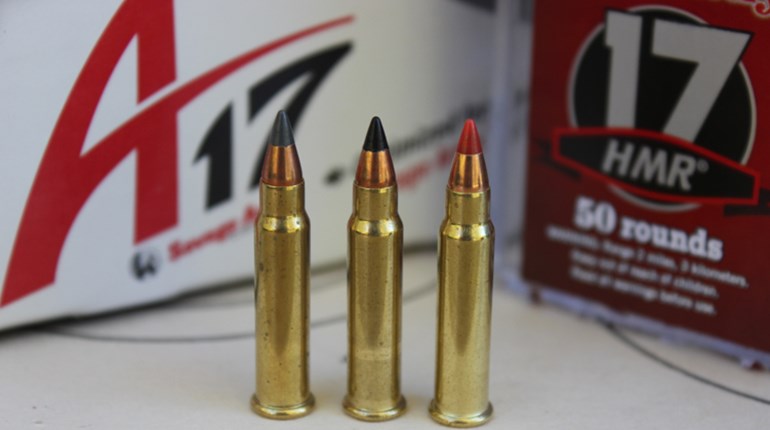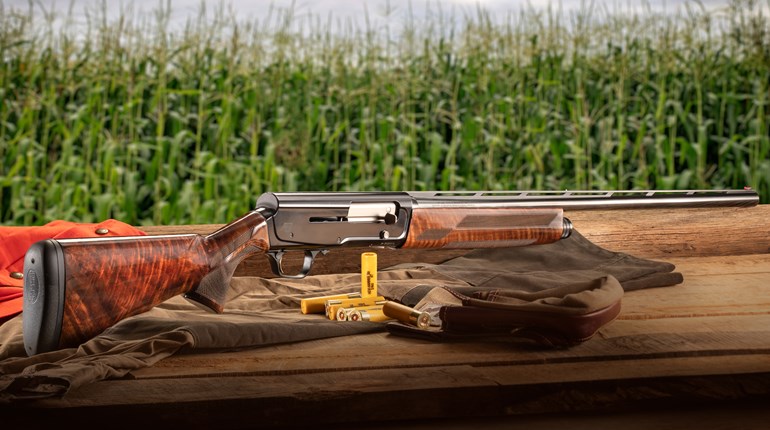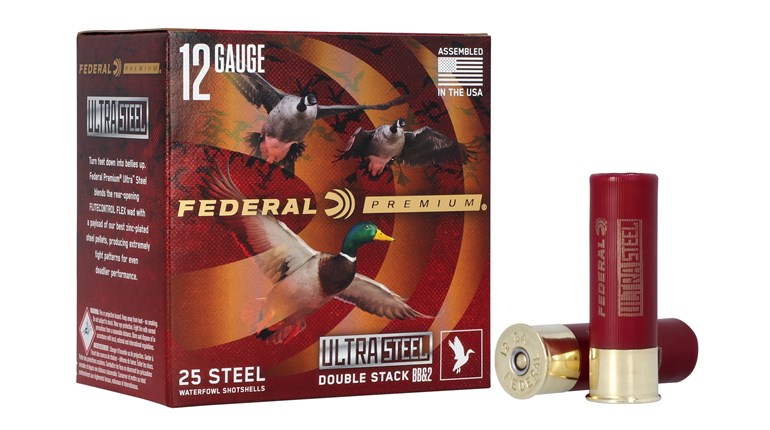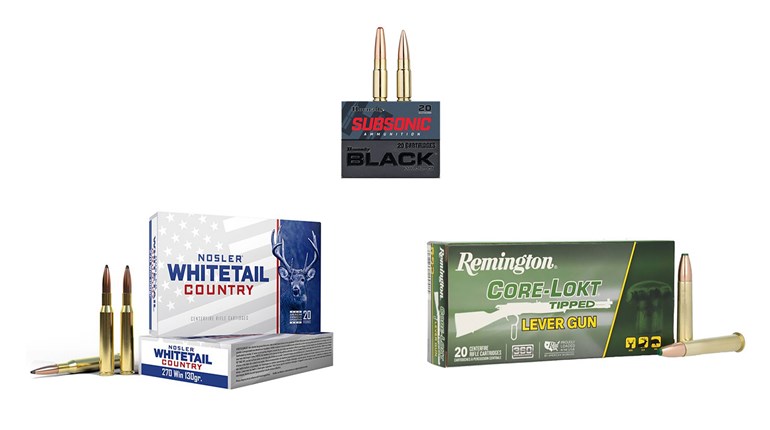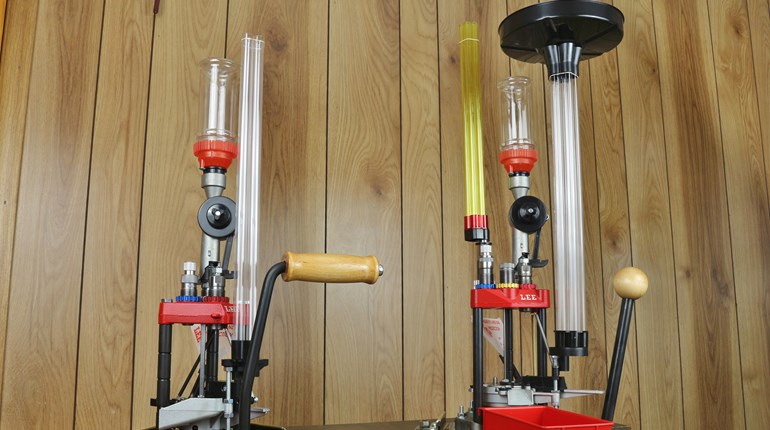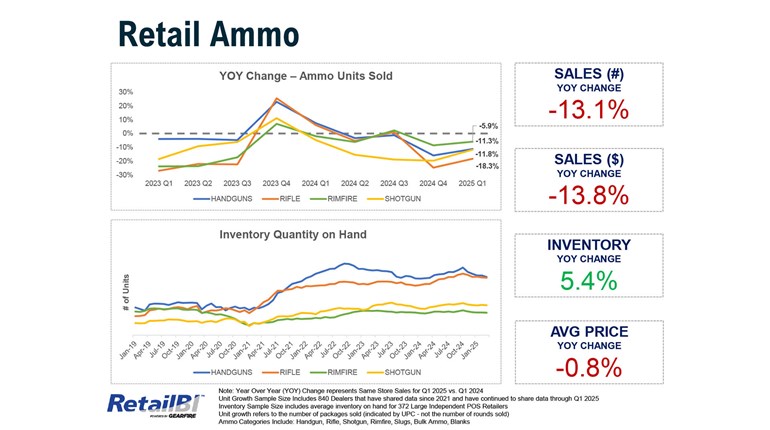
You don’t have to hunt ducks and geese very long to find yourself in the blind with a dog that’s more wrecking ball than retriever. This behavior is generally a manifestation of the dog overwhelming enthusiasm for the hunt, but that’s of little comfort when a hundred-pound lab has taken up residence in your lap. These dogs can’t sit still in the blind (unless, as previously stated, they are piled up on top of you making it completely impossible to shoot), emit loud, raucous whines when birds are in the sky overhead and have a terrible habit of nearly jumping ahead of the muzzle of your gun in anticipation of the retrieve. You have to applaud the joy and vigor with which these dogs approach their work, but they add a level of frustration and chaos inside the confines of a blind that don’t make hunting with these dogs much fun.

This behavior is usually accompanied by a series of “no,” “down,” “stop,” and other unheeded commands from the flummoxed owner. Maybe you are that flummoxed owner. If it happens to be your dog that is creating a bad scene in the blind we’re here to help, and we’ve summoned Ethan Pippitt for assistance. Pippitt and his wife Kat own Standing Stone Kennels in Kansas, he’s a D.T. Systems Pro-Staff member and a full-time trainer and works with owners to help them better control their dogs in the field. If it happens to be your hunting companion’s dog that acts like a maniac, well, maybe you could post this piece to their Facebook wall. A-hem.
Here are some of Pippitt’s tips to help your dog become a better canine citizen.
1. Look for Balance
Pippitt says there are three primary considerations when looking for a good duck dog: patience, cooperation, and desire to retrieve.
“The struggle can be to find a dog that naturally has the right combination of these three characteristics,” Pippitt says. “If you have a dog with too much cooperation, typically they will struggle to extend out in their search for a crippled bird or will rely 100 percent on handling and direction from us (which is also a problem). If they have too much desire to retrieve, you will struggle to keep the dog steady through shot and fall. Finally, without patience you will have a dog that isn't enjoyable to hunt with, as he/she will most likely be busy and noisy in the blind.”
Very few dogs exhibit the perfect balance of these traits, but understanding which of these areas are strong for your dog and which need improvement is the first step toward training a balanced hunting companion.
2. Teach Dogs to Heel Early
Your basic obedience commands begin long before the season. While you may have to remind the dog occasionally, for the most part building a foundation helps keep your dog in check. In particular, Pippitt likes to work on the “heel” command.
“We like our duck dogs to be able to heel loose leash or off leash,” Pippitt says. “We use a slip lead in a make-shift halter style similar to a gentle leader to condition the dog to walk at heel without pulling. Once they have a firm understanding of walking correctly we start to use the collar at the same time we tug on the lead to make corrections, then fully transition to making corrections with only the collar. Having a dog that can heel makes it easy to get to and from the blind as it is usually in the dark, you have all of your gear with you and you don't want to lose a dog!”
3. Promote Steadiness
One of the primary issues with duck and goose dogs is a lack of steadiness. A steady dog is a safe dog and won’t blow out of the blind to early, so give your dog lots of reps outside the season.
“Dogs, whether they are duck dogs or not, will develop excitement to the gun fire. They learn quickly that gunfire means birds are coming down, which will increase adrenaline and excitement to the point that can cause dogs to break early. We start steadiness work by desensitizing gun fire by shooting either a blank pistol or shotgun prior to throwing a retrieve. This drill would start by kenneling the dog on a platform and shooting a shotgun or blank pistol until the dog stops trying to break.”
Pippitt says this training may take time and repetition, so give yourself and your dog an ample opportunity to succeed.
“Most dogs will break or at least jump when you shoot the first couple times. The more gunfire the better. Depending on the dog's desire to retrieve a short leash may help them to stay steady as well. Once you have a bold, confident retriever that understands ducks fall out of the sky and don't have to be thrown by us (retrieving dummies) then we start steadying through shot and fall. This may take one duck trip or several depending on your dog.
4. Perfect the Retrieve
Retrieving is your duck or goose hunting dog’s primary function, and as such the dog should perform that task well. That means not dropping a dead bird in ankle-deep mud and not chewing your duck into pate on the way back to the blind. A good retrieve starts early, but you want to be absolutely certain you are consistent with this training point and require the dog to see the retrieve through to the end.
“Retrieving to hand is the next thing we expect from our duck dogs,” Pippitt says. “Some dogs, with a little work on ‘hold,’ can be developed from puppyhood to retrieve to hand. Just encourage them to hold everything and don't teach them to drop. We start hold by putting our hand in the dog's mouth. This allows us to tell if the dog is trying to roll or mouth when they have something in their mouth. We can then work on different shaped and weighted objects. “
5. Build Confidence
Oftentimes that disastrous behavior we witness in a duck blind is a result of a dog that doesn’t fully comprehend what the owner wants or isn’t familiar enough with commands to feel comfortable in their job. Because a confident dog is a well-behaved dog confidence boosts happen early and often at Standing Stone Kennel.
“Ultimately, we have to build confidence in young pups to go make the retrieve,” Pippitt says. “We start steadiness by collar conditioning the dog to stay in a blind or on a platform. They can then break at shot to go fetch downed ducks. If you miss, the dog can quickly and easily be brought back to the board or blind to stay steady and wait for the next duck.
Confidence can’t be taught strictly in the yard, though. The best way to build confidence in your dog is to take them hunting—even if that means it’s just you and your four-legged hunting buddy for a while.
“Ducks make a duck dog,” says Pippitt. “There is no amount of training that can replace killing ducks over your dog. Don't get me wrong, prep in the off season is going to make life in the blind with your hunting partner better, but you need to get out there and kill ducks over your pup!”













